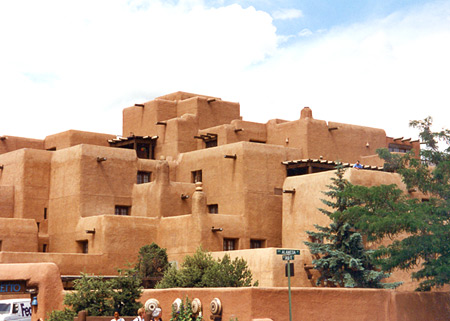Budget season is upon us. There may be no more exciting time of the year, if you are like me and revel in the workings of our federal government and how policy gets made. Even though Congress is perhaps not the most popular body of work these days (and that may be an understatement), the budgetary season is important because it tends to set the tone for the policy and political arguments for the rest of the year, and in an election year like this one, it becomes even more so.
President Obama’s 2013 budget request, released last Monday, contained spending cuts across dozens of federal agencies, including the armed services, health care, and energy. But one area, accustomed to cuts in recent years, received a welcome surprise this year, seeing their funding request increase from 2012: the arts community.
our federal government and how policy gets made. Even though Congress is perhaps not the most popular body of work these days (and that may be an understatement), the budgetary season is important because it tends to set the tone for the policy and political arguments for the rest of the year, and in an election year like this one, it becomes even more so.
President Obama’s 2013 budget request, released last Monday, contained spending cuts across dozens of federal agencies, including the armed services, health care, and energy. But one area, accustomed to cuts in recent years, received a welcome surprise this year, seeing their funding request increase from 2012: the arts community.
The president’s budget, which clocked in at about $3.7 trillion dollars, included a request of $154.255 million for the National Endowment for the Arts (NEA), which is a slight increase of about $8 million from the funding that the NEA received this year. While still lower than the funding NEA received in 2010 ($167.5 million), it is a step in the right direction.
As the New York Times reported, included in the increase is about $4 million that would go directly to non-profit arts organizations and another $2.7 million for state and regional arts organizations.
As many in the arts community are well aware, the NEA serves a critical role in supporting artists and arts programs around the country. The vast majority of its annual budget goes towards grants that support artists in the communities of music, art, photography, theater, literature, and more. Just as important are the group’s efforts in art education, educating and introducing children to the wonders of the arts.
Not only are the group’s efforts vital to the artistic community; they also help create jobs and boost the economy in a tough economic climate. As NEA Chairman Rocco Landesman said last week, “A dollar invested directly through the NEA is matched by $8 in additional investment and generates $26 of economic activity in the community. In short, art works.”
Now when I say “budget request,” it is specifically that: the President is required by law every year to submit his budget request to Congress. This document is not law, but merely the budget that the president would like to see. It’s more of a wish list, or set of funding appropriation requests, that the president would like to see fulfilled. It is up to Congress to pass appropriations bills for each federal department and send them to the president for approval.
(If you’re interested in hearing me talk about the budget more in-depth, I appeared on the Carnegie Mellon radio program “Policy that Matters” last week to talk about the president’s proposal, and it is now available online.)
The important thing to remember about budgets is they set forth priorities. They help set the president’s agenda and represent a list of what he believes is worthy of investment. The commitment to the NEA, even though the funding increase is minor, represents a commitment to improving the lives of artists everywhere. In a tough economic climate, this commitment has never been more important for the arts community.
I last wrote about protecting federal funding for the arts this past October, and while the president’s budget is an encouraging sign, the calls for budget cuts and austerity measures continue in Washington. There is certainly still a chance that funding for the NEA may decrease when the budgetary bills are passed by Congress later this year.
There are certainly more pressing budgetary topics in the news, and the amount dedicated to NEA is a very small percentage of the overall budget. But for the artistic community, and for those who depend on the programs NEA supports, they remain a vital part of our American psyche and play a huge role in advancing the joys and benefits of the arts. In tough economic times however, and calls for budget austerity by some, there will be an incentive to decrease the budget in as many areas as possible.
The arts are as deserving as ever of our continued commitment to support the NEA and the causes it advances. Seeing the increased budgetary request for the endowment is a welcome sign. Even though it seems like Congress can agree on nothing these days, it is surely our hope that the continued support of NEA and arts programs everywhere will be one area where all sides can agree.






